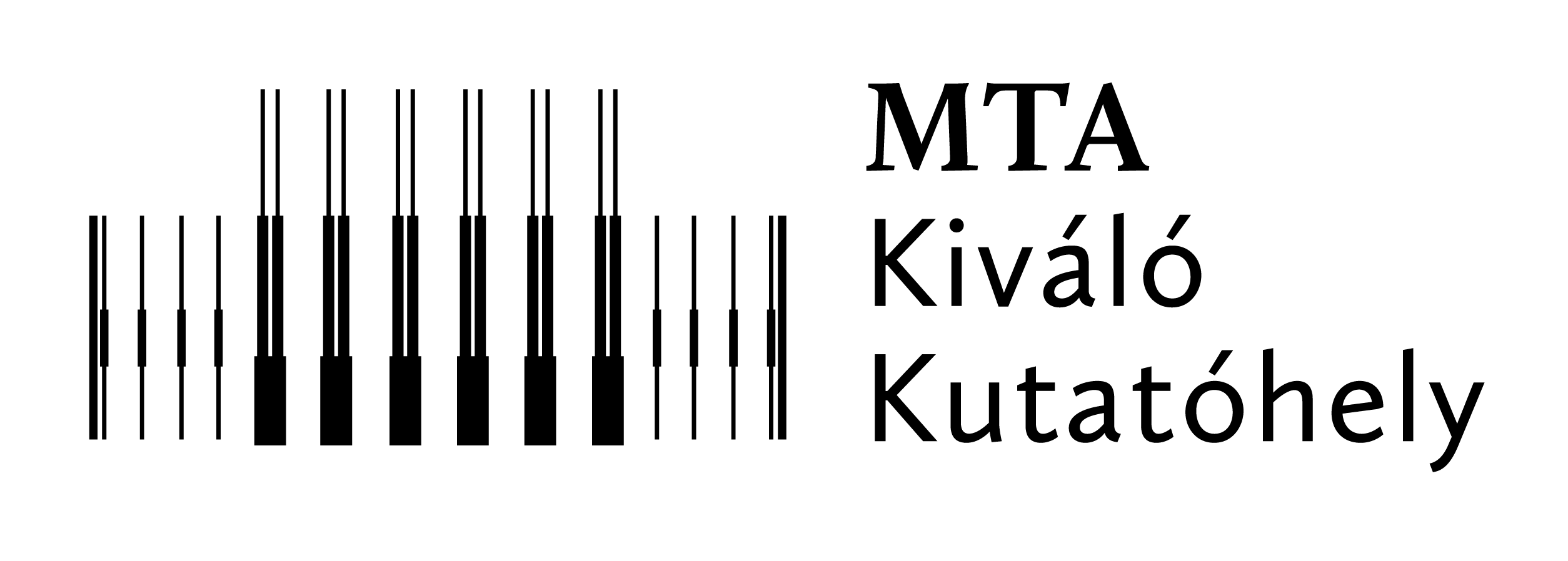2019
The Femtoscopy Research Group is actively participating both in theoretical and experimental research. The PHENIX experiment at the RHIC accelerator is in the data analysis phase at Brookhaven National Laboratory. One of our PHENIX results, published online in Nature Physics already in December 2018, was selected as the cover page story of Nature Physics in March 2020. The TOTEM experiment at Large Hadron Collider (LHC) at CERN continued its preparations for Run-3 and its data analysis programme as well. During 2019, we have achieved important theoretical results, as well as experimental results both in in the PHENIX and in the TOTEM experiments.
In our theoretical femtoscopy related research, related to proton-proton and heavy ion physics at RHIC and LHC,
- We have published in EPJ C our first results on a model-independent Levy series expansion, that revealed an important model-independent difference between the four-momentum-transfer dependent nuclear slope parameter B(t) in proton-proton and in proton-antiproton elastic collisions at LHC. This result is a clear-cut Odderon effect, indicating the discovery of a new quasi-particle at LHC, a vector glueball - a quarkless bound state of odd, predominantly 3, number of gluons.
In our experimental femtoscopy research in the CERN LHC experiment TOTEM, during 2019 we have made significant contributions to the
- TOTEM publication of the differential cross-section of elastic proton-proton (pp) collisions at 13 TeV. [1]
- measurement of the differential cross-section of elastic pp collisions at 2.76 TeV, and to the
- recalibration of the LHC optics with elastic pp scattering in the PPS project of CMS
- for his innovative, original and careful determination of the LHC optics from the PPS data, a key ingredient for all analyses based on PPS information in CMS and TOTEM, F. Nemes received the 2019 CMS Achievement Award [https://cms.cern/content/achievement-awards-2019]
In our PHENIX related femtoscopy research, we have made two important discoveries in 2019:
- In p+Au, d+Au and 3He+Au collisions at √sNN = 200 GeV feature droplets of a perfect fluid with three distinct geometries on the femtometer scale, thus tiny droplets of strongly interacting quark gluon plasma can be engineered. This PHENIX result was published in online in December 2018 in Nature Physics, however we mention it again as this result became a Nature Physics cover story in March 2019. [https://www.nature.com/nphys/volumes/15/issues/3][2]



